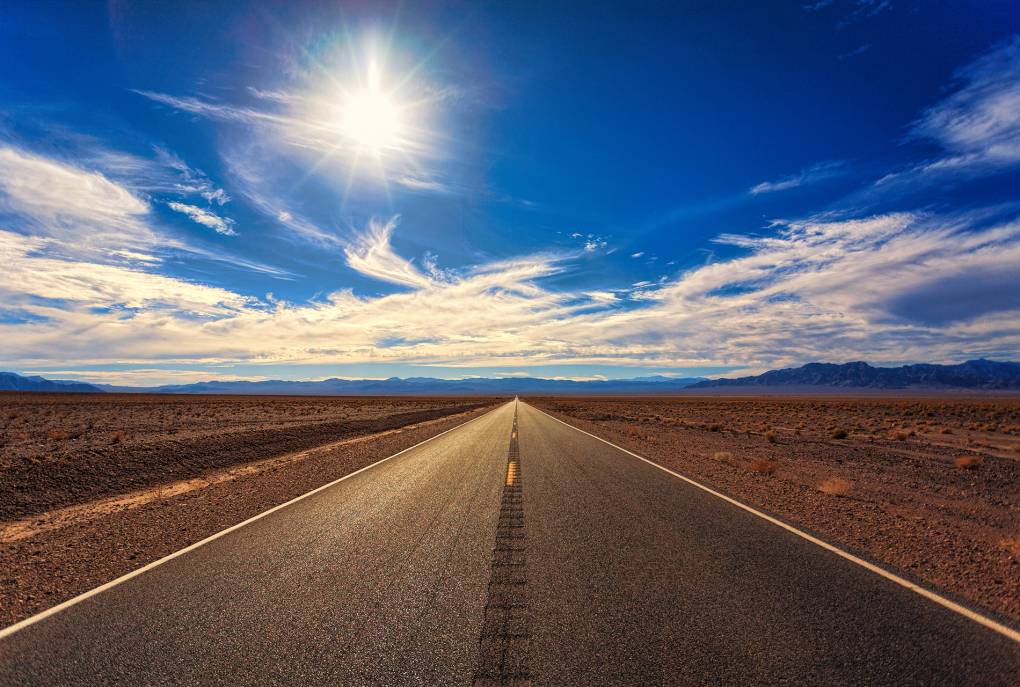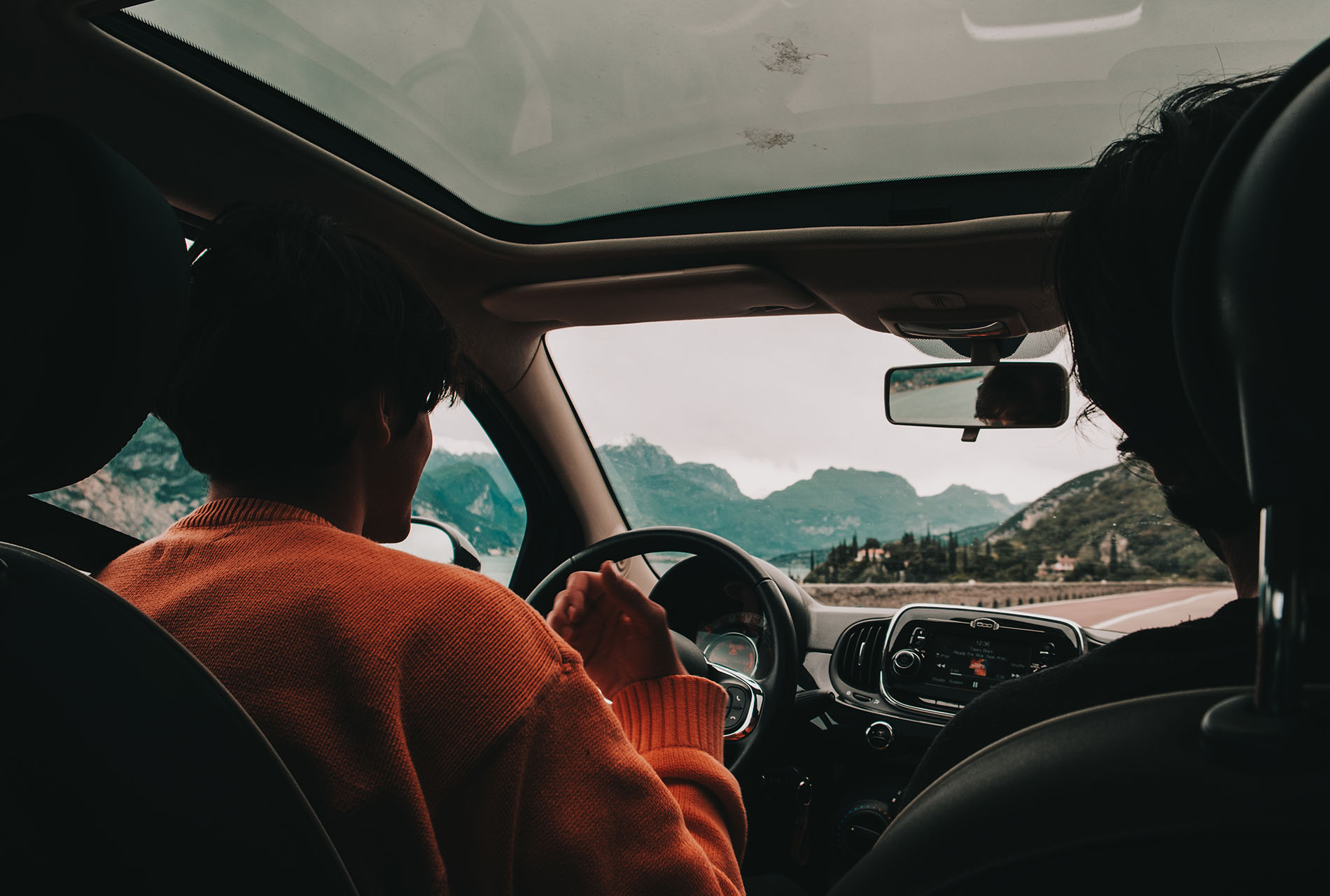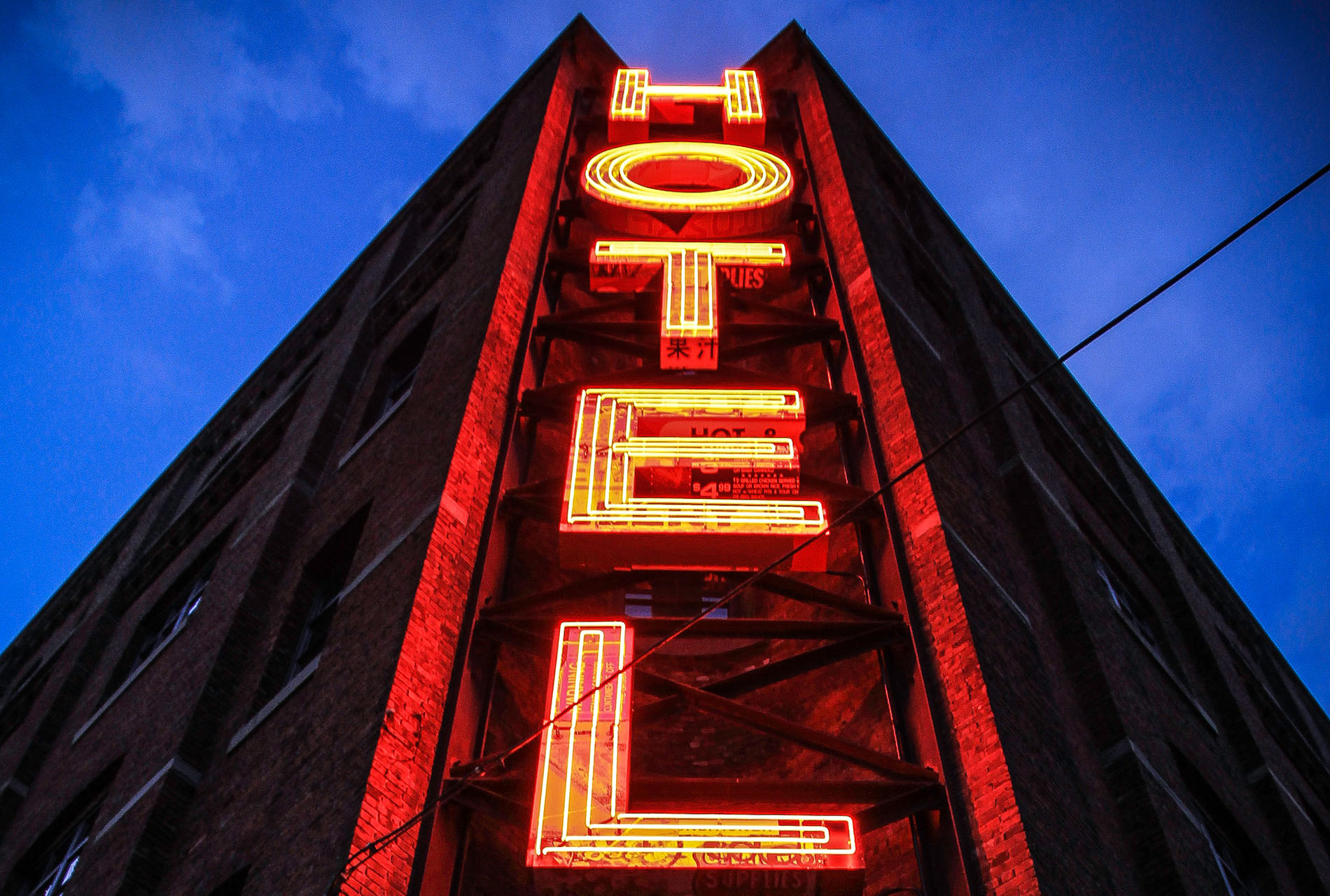Go straight to:
- Official rules on travel right now
- Is it safe to fly?
- Road trips during COVID-19
- Staying in hotels and Airbnbs
If you’re wondering what the official advice is on travel right now, it’s “don’t travel.”
And yet people are traveling, in the Bay Area and beyond. Hotels are being reserved. Airbnbs are being booked. Airports are ramping up once more. People are wondering what to do with their summer PTO — and how they might potentially reroute canceled plans. And all of this is leaving many wondering: how could a person travel in a way that reduces the risk of spreading COVID-19 right now?
We got the latest guidance from the state of California and the Centers for Disease Control and Prevention (CDC), as well as these Bay Area medical experts:
- Dr. Yvonne Maldonado, senior associate dean, faculty development and diversity, professor of pediatrics (infectious diseases) and of health research and policy at Stanford University
- Dr. Peter Chin-Hong, professor of medicine, associate dean for regional campuses at UCSF
What Are the Official Rules on Traveling?
It depends on who you ask. On a local level, the Alameda County Department of Public Health is unequivocal: “There is no nonessential travel allowed per the Health Officer Order to Shelter in Place. Stay in the county unless it’s for work or if there is an emergency.”
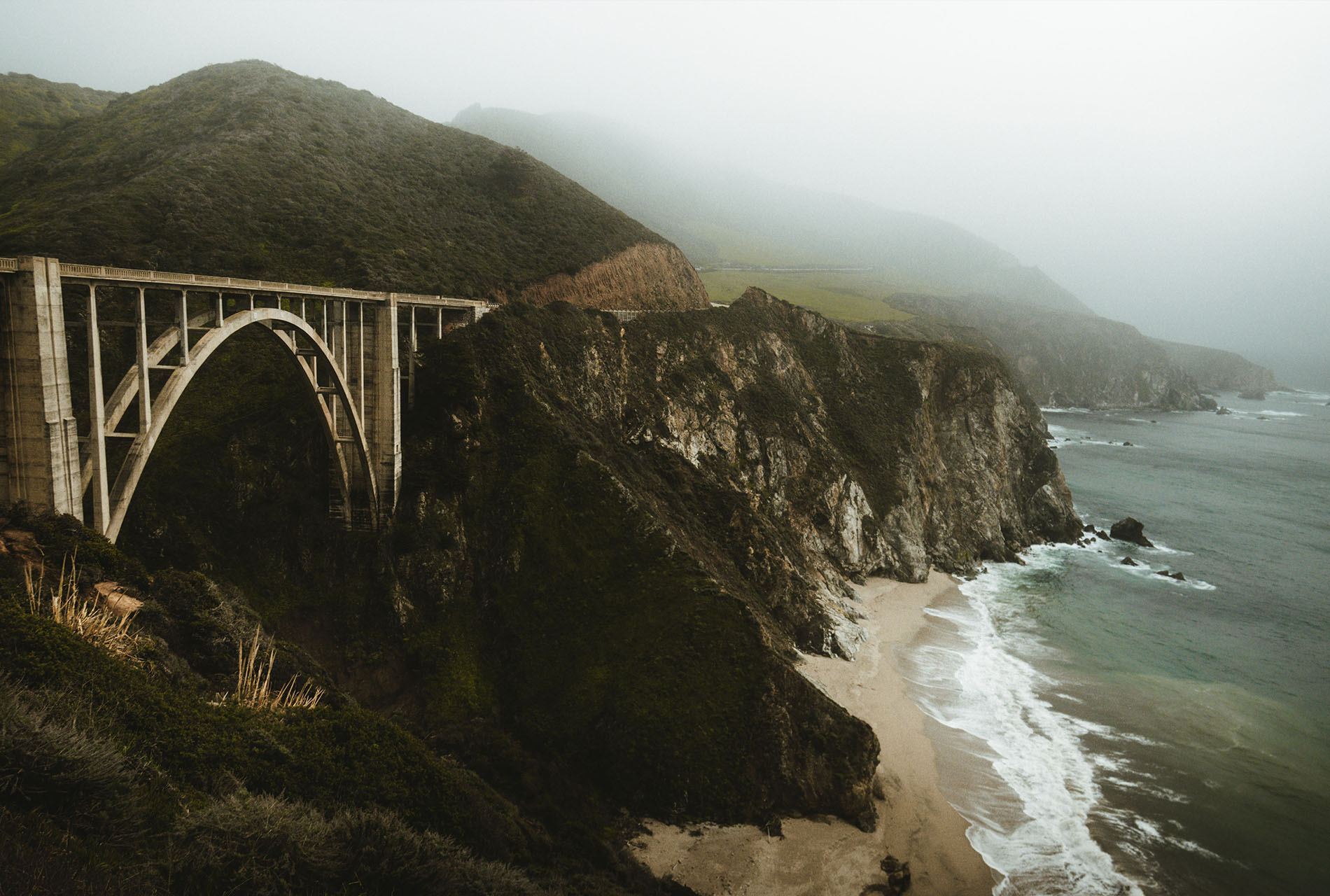
The state’s own travel guidance reiterates that travel should really only be for work or in urgent situations right now, and asks you to “avoid (traveling) long distances for vacations or pleasure as much as possible” to help slow the spread of the coronavirus. But they also offer this specific guidance to consider from the CDC, “before traveling away from your community”:
- Is the coronavirus spreading where you are traveling?
- Are you or those you are traveling with more likely to get very sick from coronavirus?
- Will you be able to keep 6 feet of physical distance from others during or after your trip?
The state’s official tourism body, Visit California, says that COVID-19 travel restrictions due to the coronavirus pandemic “still allow travel in California, and many tourism assets have reopened.”
So, essentially, recreational travel is strongly discouraged right now.
But if you’re determined to travel despite the official guidance, or if you absolutely have to travel for an essential reason, there are at least certain strategies you might employ to reduce the risk of spreading the coronavirus as much as possible.
Is International Travel Off the Table Right Now?
Basically, yes. The CDC recommends that you avoid all nonessential international travel because of the COVID-19 pandemic.
In addition to the significant risk long-haul international flights pose to spreading the coronavirus globally, you could find yourself stuck in multiple sticky situations even if you’re able to book a flight. For one thing, several countries are currently barring entry to travelers from the United States.
Even before you leave, plans and reserved tickets could be thrown into total disarray as airlines are canceling many international flights and travel within another country can be totally unpredictable. If you manage to get on your flight without cancellation, the country to which you’re traveling could change its travel rules and deny you entry as a non-citizen with very little notice.

Even if you do manage to enter another country, you could be exposing yourself to an overwhelmed health care system, where your access to potentially urgent medical care if you contract COVID-19 would not be guaranteed. This isn’t to mention the possibility of travel restrictions within that country, and with bordering nations.
Lastly, as the CDC warns, choosing to travel internationally right now might mean having to remain outside the United States for “an indefinite length of time.”
What Are the Safety Basics for Domestic Travel?
The basic rules for any travel right now are the same for being outside your home at any time: wear your mask, distance as much as possible and wash your hands. Everything else would be about being an informed consumer and using your best judgement to keep risk as low as possible.
Per the state’s guidance, do not travel if you are sick, or if someone in your household has had the coronavirus in the last two weeks. Do not travel with someone who is sick.
The state also recommends that if you choose to travel, you need to start by doing some in-depth planning. Check in on what COVID-19 infection and hospitalization rates are like with the local health department where you live, with the health department at your ultimate destination — and with health departments along your planned route, too.
What if I Really Have to Fly?
As the CDC says, flying will increase your risk for COVID-19. Even though their guidance confirms that most viruses and other germs don’t actually spread easily on flights because of how air circulates and is filtered on airplanes, this kind of travel means you’re spending prolonged time in security lines and airport terminals, where you can be brought into close contact not just with others, but with surfaces that could be harboring the coronavirus. Being in an assigned seat also makes social distancing hard.
Both our experts — Dr. Yvonne Maldonado and Dr. Peter Chin-Hong — said they really wouldn’t get on an airplane right now unless they absolutely had to, in the case, say, of a family emergency. But if you absolutely must get on a domestic flight, they recommend investigating the airline’s safety policies before you fly.
Do they keep middle seats empty to enable social distancing? Do they enforce face coverings?
Bring disinfectant wipes and wipe down your seat and anything you touch in the bathroom, if you use it. Keep the air vent on by your seat, and choose a seat as close to the window as possible and as far away from where other people are sitting as possible. Bring your own food or make sure your food is pre-packaged if you purchase it in the airport or on the plane.
And wear your mask at all times.
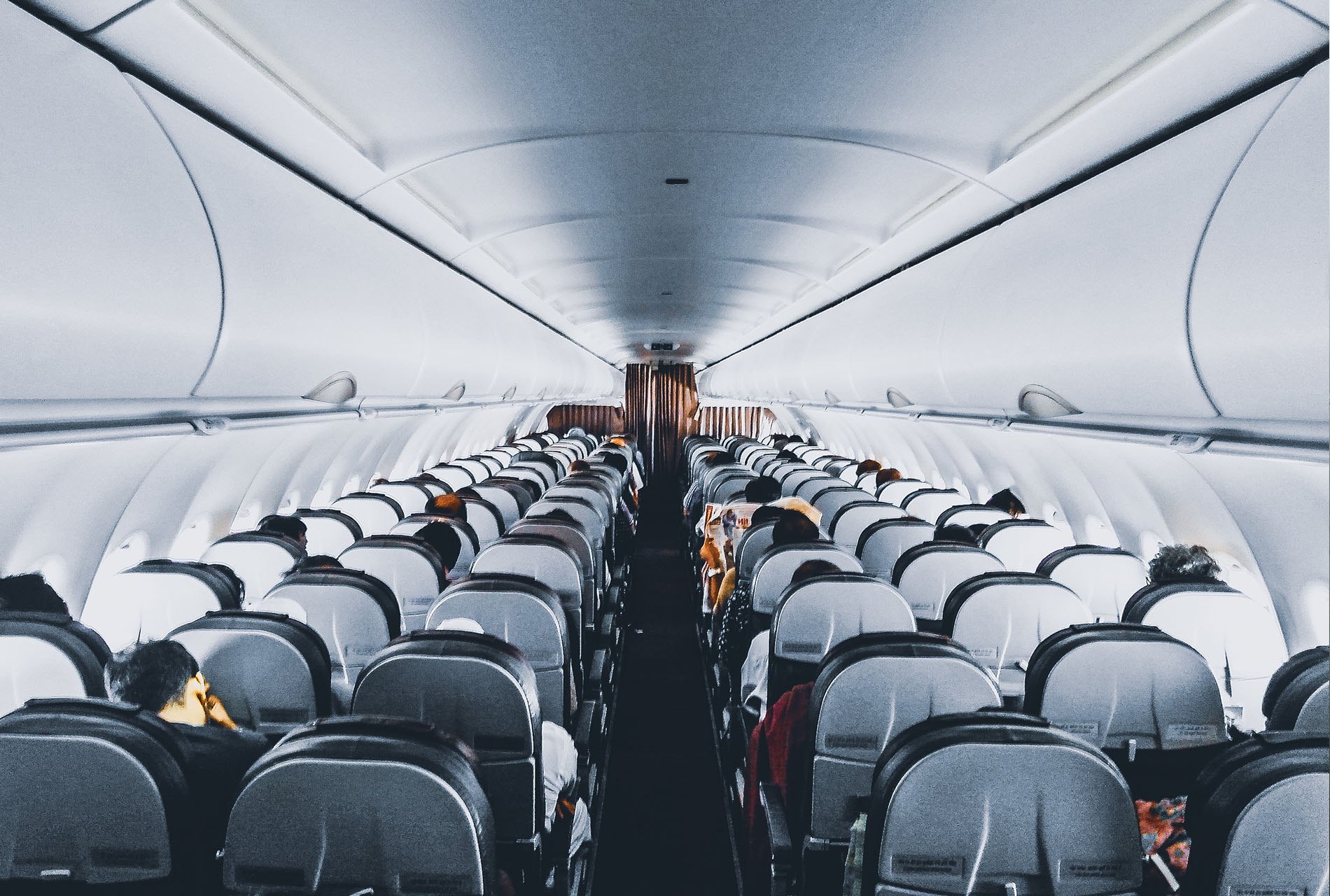
What if someone’s sick with COVID-19 on your flight? The CDC says pilots have to notify them of all illnesses on a flight, and if a traveler is deemed a risk to public health, they’ll collaborate to contact any passengers or crew who might have been exposed.
For that reason, says the CDC, make sure you give the airline your up-to-date, reliable contact information when making your reservation — so they can find you, to tell you if you’ve been in contact with someone with the coronavirus.
Are Some Places Safer to Travel to Than Others?
Dr. Chin-Hong advises that much like you’d research the weather at a potential destination, you should look up the COVID-19 case numbers and risk levels. Are their case numbers rising? Are they at risk of an overwhelmed health care system — one that wouldn’t be able to care for you, if you got sick too? How far would you have to drive home if things got bad?
Take a look at a county tracker like this one or the state’s own county monitoring list, and do your research. And remember that the more densely populated a place, the harder it will be to maintain social distancing.
Also, while you may normally love exploring new regions when there isn’t a pandemic raging, Dr. Maldonado says this is “not the time” to experiment with new travel destinations and all the unknowns they entail. Having a degree of familiarity with where you’re going — and whether the health care system could support you if you got sick and where the hospitals are — is incredibly important right now.
I’m Choosing to Stay in a Rural Area With a Small Population. That Should Be OK, Right?
Unsurprisingly, the rural outdoors is generally safer than urban areas for COVID-19 risk right now, confirm Maldonado and Chin-Hong.
But just because a county is rural doesn’t necessarily mean its COVID-19 rates are low. And even if they are, remember that you’re the one potentially bringing in a risk of COVID-19.
In sparsely populated area, residents might not feel the “need” to wear a mask regularly, so be prepared to potentially be the only one wearing a mask in rural areas, and stick to your own values on the issue. Even if people are giving you odd looks.
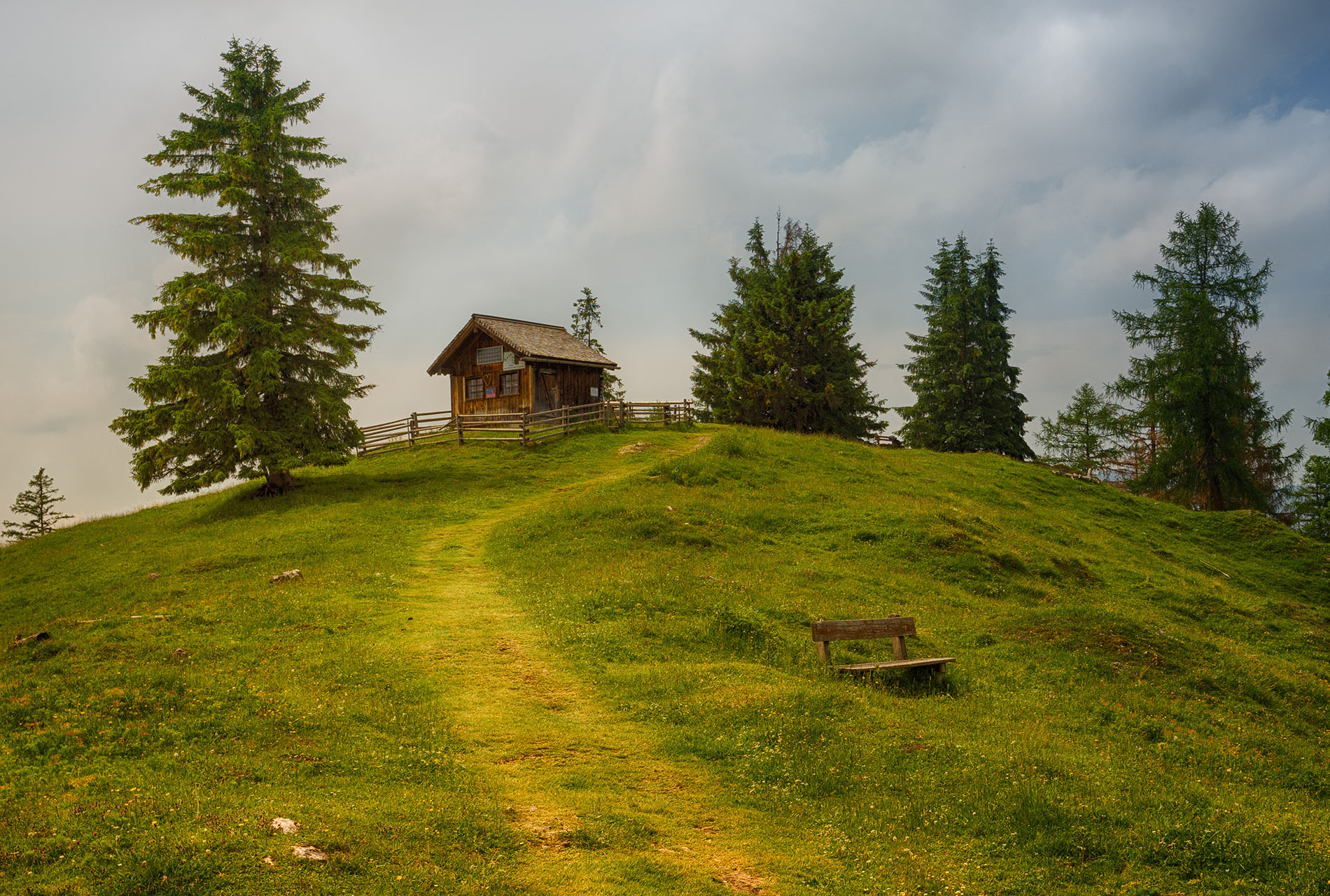
And if you’re going really rural, and you’re solo, make sure people know where you are — in case you get sick.
